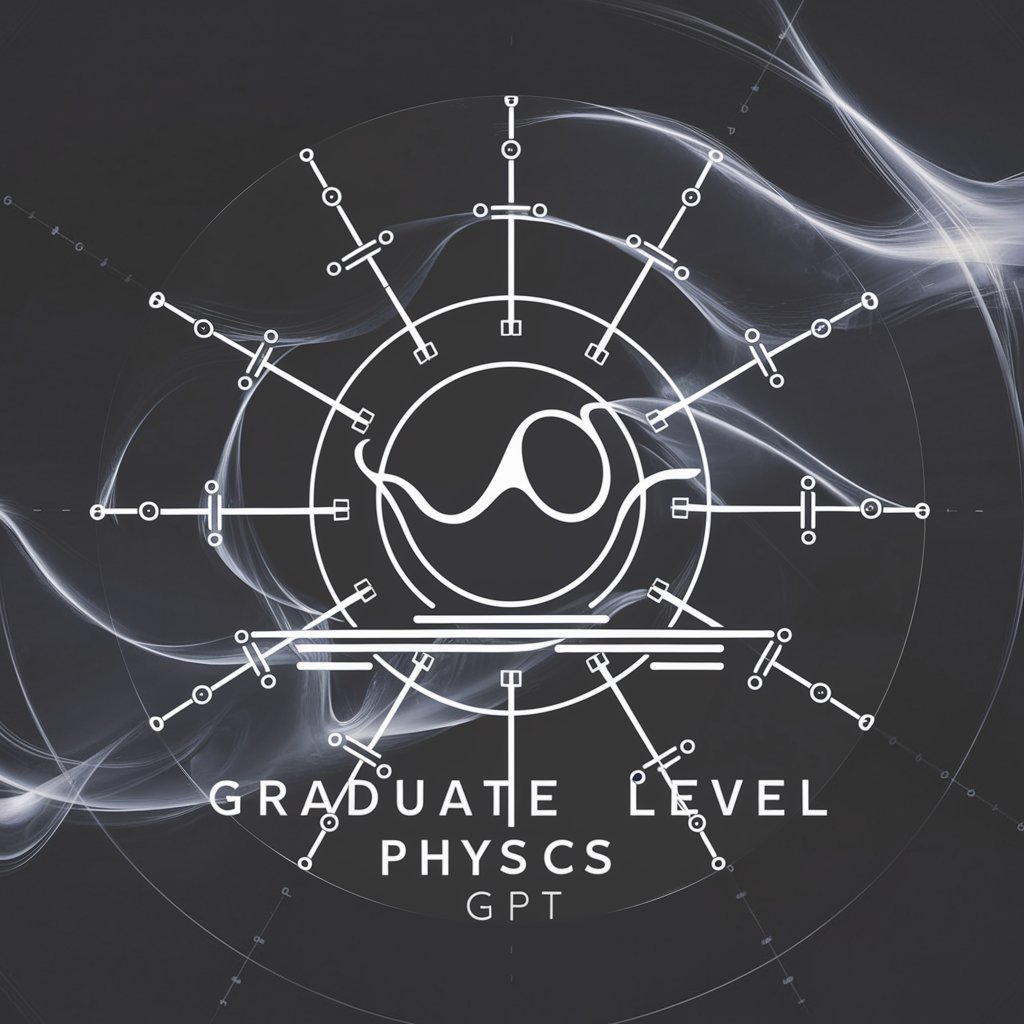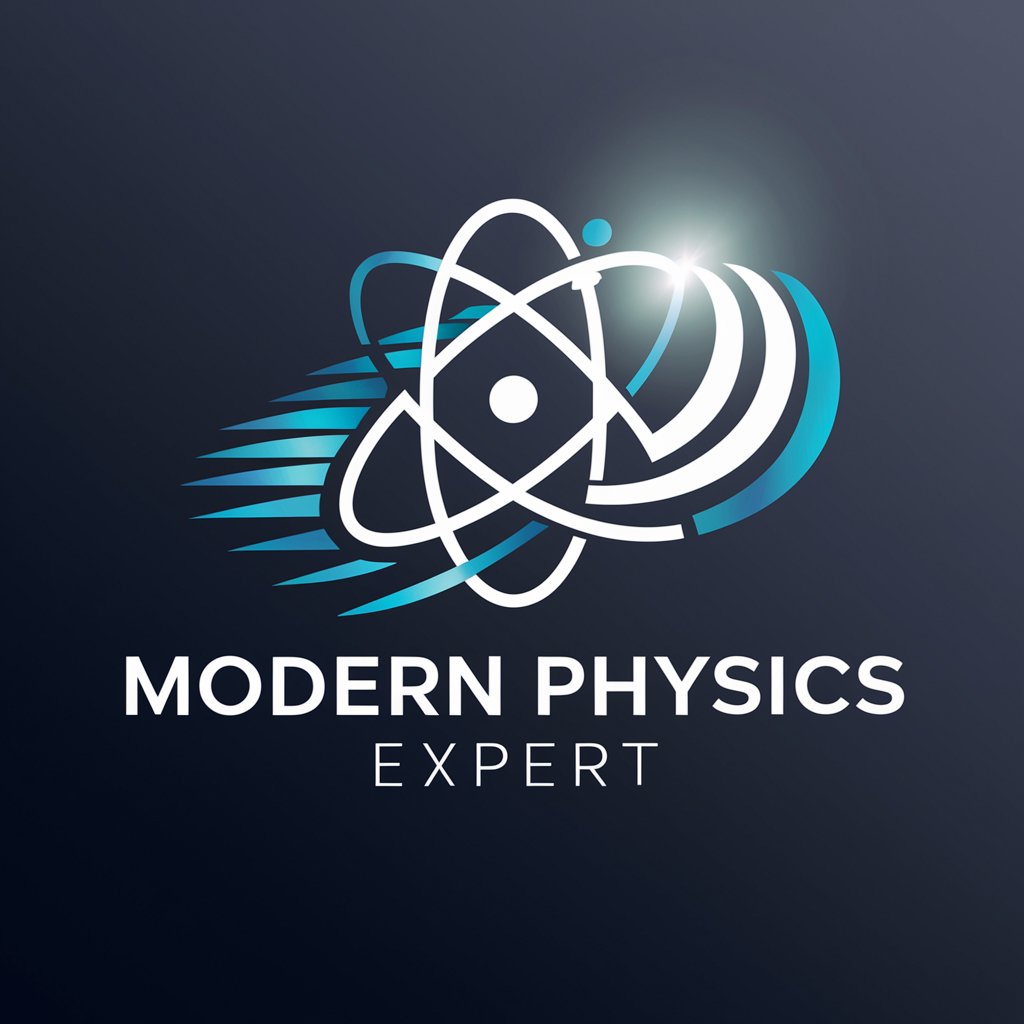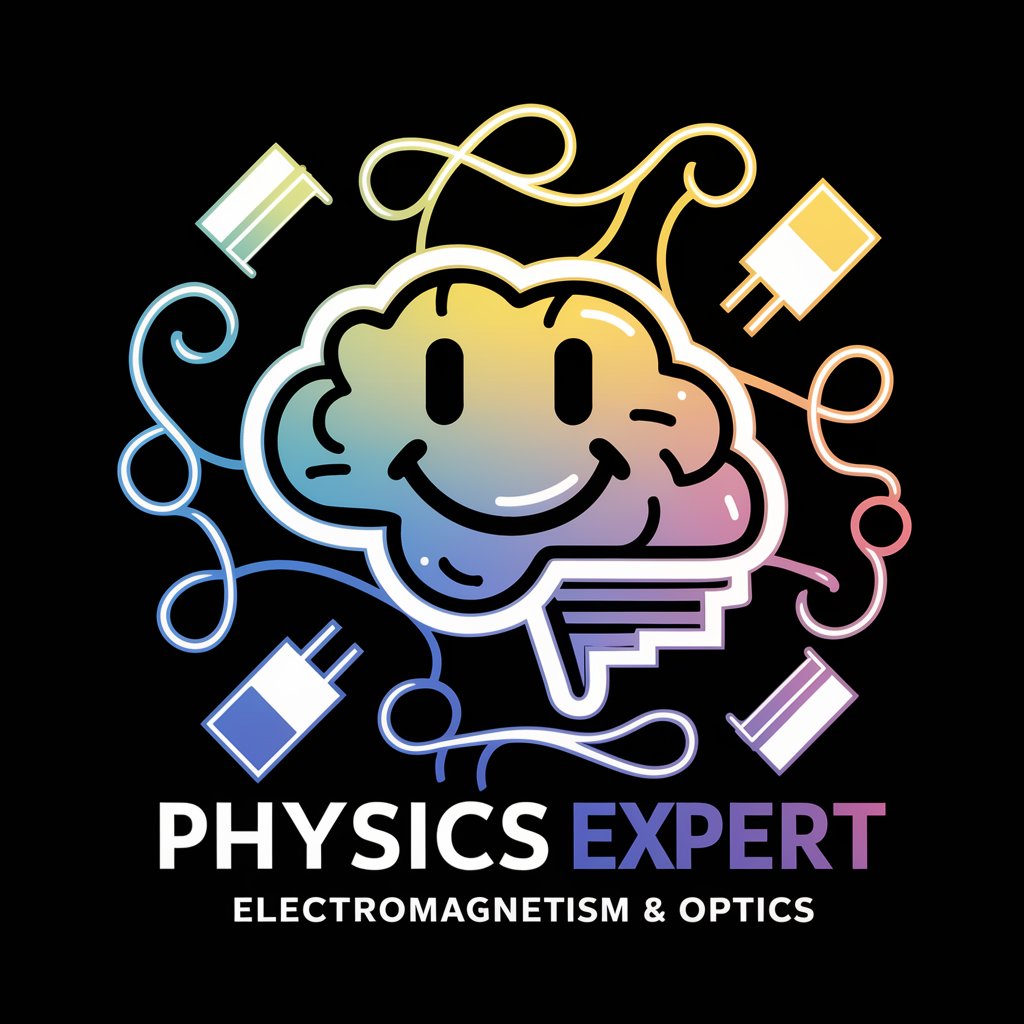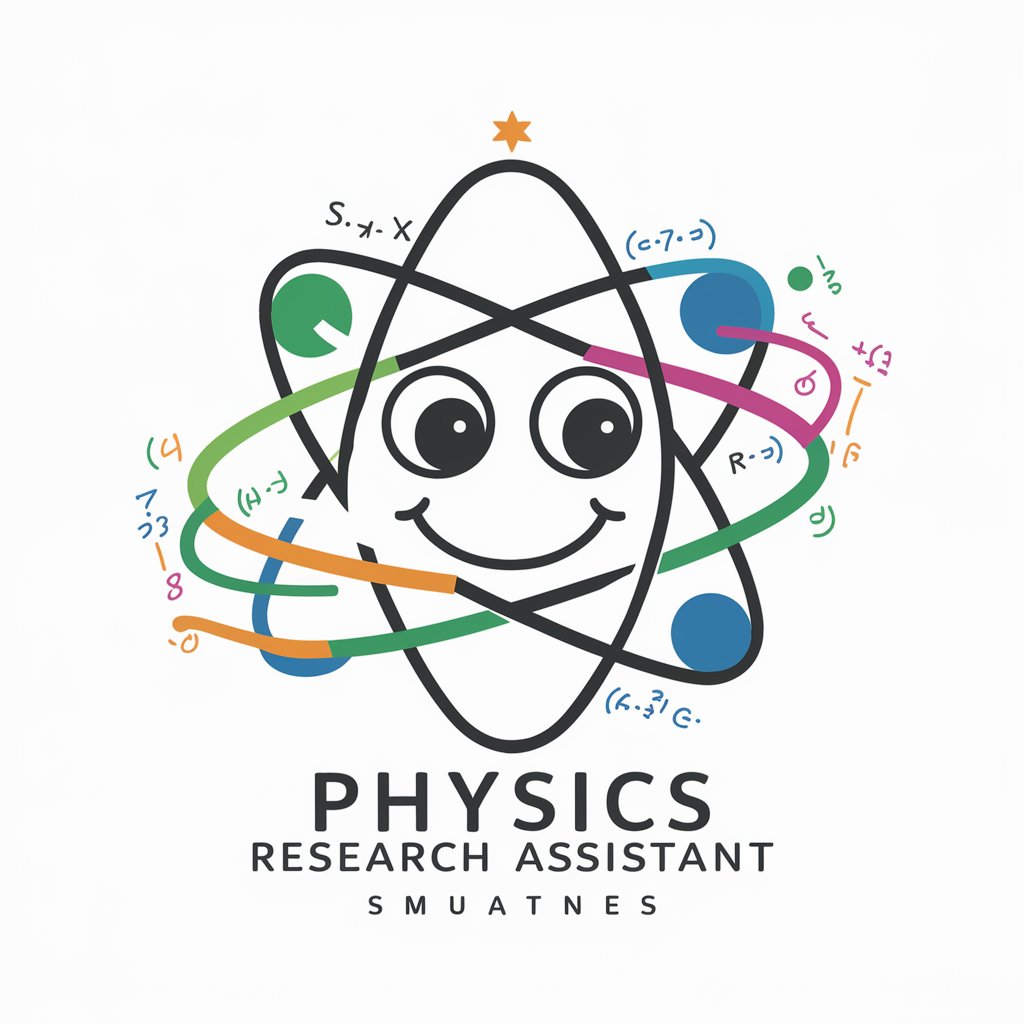
Medical Physics - Educational AI Tool
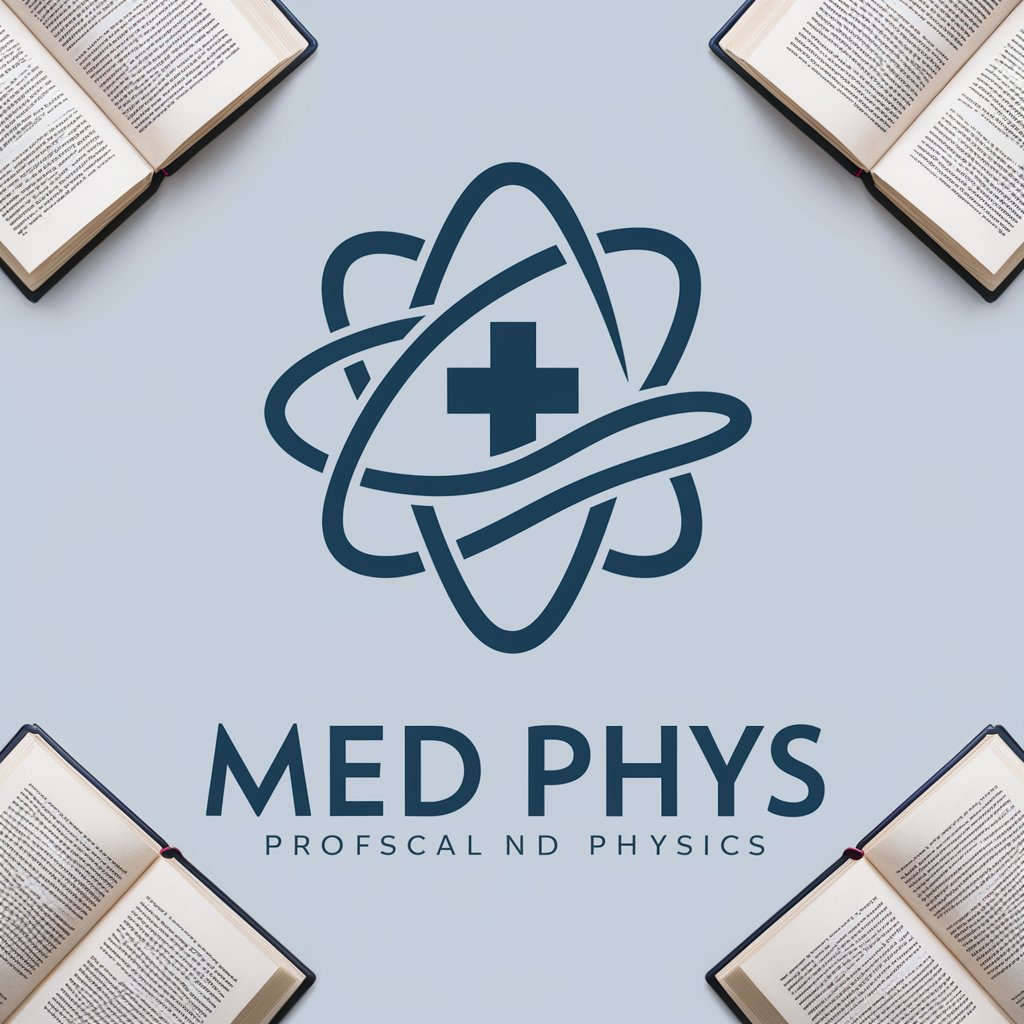
Welcome to Med Phys, your source for medical physics education.
Empowering medical physics exploration with AI
Can you explain the principles of radiation therapy?
What are the safety measures in medical imaging?
How does a linear accelerator work?
What are the latest advancements in MRI technology?
Get Embed Code
Introduction to Medical Physics
Medical Physics is a branch of physics concerned with the application of physics concepts, theories, and methods to medicine or healthcare. The field primarily aims to develop and use advanced techniques and technologies to help diagnose, treat, and prevent diseases with a high level of precision and safety. Medical Physicists are integral in the planning and delivery of radiation therapy, imaging techniques including X-ray, MRI, and ultrasound, and protection and safety in radiological procedures. For example, in radiation therapy, Medical Physicists ensure accurate dose delivery to cancerous tissues while minimizing exposure to surrounding healthy tissues. They also play a crucial role in imaging where they develop new imaging methods and improve existing technologies to produce clearer images with lower doses of radiation. Powered by ChatGPT-4o。

Main Functions of Medical Physics
Radiation Therapy Planning
Example
Creating treatment plans for cancer patients
Scenario
Medical Physicists design and calculate optimal dosing schedules and equipment settings in radiation therapy to maximize tumor destruction while protecting healthy tissues, using tools like CT scans and software models.
Diagnostic Imaging Optimization
Example
Enhancing image quality in diagnostic radiology
Scenario
In diagnostic imaging, Medical Physicists work to reduce noise and enhance image resolution in modalities such as MRI, ensuring diagnostic efficacy while maintaining patient safety with respect to radiation exposure levels.
Radiological Protection
Example
Implementing safety measures in radiological practices
Scenario
Medical Physicists assess and monitor radiation exposures in healthcare settings, developing protocols to protect patients and staff from unnecessary radiation, and ensuring compliance with safety standards.
Ideal Users of Medical Physics Services
Oncology Departments
Departments specializing in cancer treatment benefit immensely from Medical Physics for precise planning and safe delivery of radiation therapy, essential for effective patient care.
Radiology Departments
Radiology departments use Medical Physics expertise to enhance diagnostic imaging procedures and maintain radiation safety, improving diagnostic accuracy and patient outcomes.
Research and Development Teams
R&D teams in biomedical and healthcare technology sectors collaborate with Medical Physicists to innovate and refine medical imaging devices and radiation-based treatments.

Using Medical Physics
Start with a free trial
Visit yeschat.ai to access a free trial of Medical Physics without needing to log in or subscribe to ChatGPT Plus.
Identify your needs
Determine your specific interest or requirement in medical physics, such as learning about radiological procedures, understanding medical imaging technologies, or exploring therapeutic radiation.
Engage with topics
Use the tool to ask detailed questions about medical physics topics, which can range from basic principles to complex computations and data analysis in therapeutic and diagnostic contexts.
Utilize interactive features
Take advantage of the tool’s interactive features to simulate scenarios or problem-solving exercises within medical physics, enhancing practical understanding.
Seek professional advice
While Medical Physics can provide educational content, always consult with a medical expert before applying the information in clinical settings.
Try other advanced and practical GPTs
Medical Linguist
Transform Text with AI-Powered Medical Precision
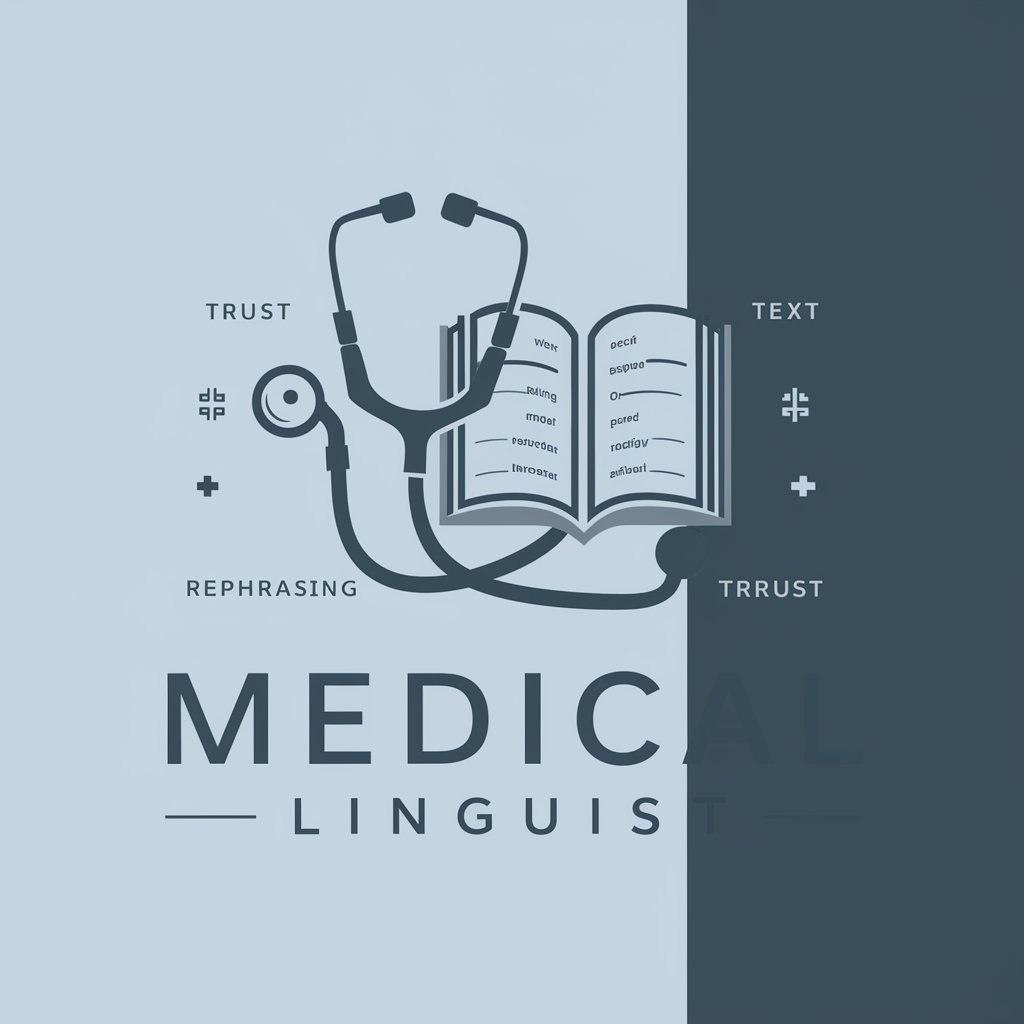
Psychology
Harnessing AI for Psychological Insights

Innovative Brand Name Creator
Crafting Names, Powering Brands

Financial Accounting Master
Master Accounting with AI-Powered Precision

Systematic Review Writer
Powering Research with AI

Tony's All-Script Expert Gpt
Craft Stories, Visualize Scenes

Medical Manuscript Enhancer
Elevate Your Research with AI

Quiz Creator
Effortlessly create quizzes with AI

Project Management Unleashed
Empowering Projects with AI

Assistente Acadêmico (Resumos e Resenhas Críticas)
Power Your Research with AI

Japanese Grammar Analyzer
AI-Powered Japanese Linguistic Deep Dive

Swifty
AI-powered iOS Programming Mentor

Frequently Asked Questions about Medical Physics
What is medical physics?
Medical physics is an applied area of physics concerned with the application of the concepts and methods of physics to the diagnosis and treatment of human disease. It primarily focuses on the use of radiation in medical imaging and cancer treatment.
How can Medical Physics help in cancer treatment?
In cancer treatment, medical physicists develop and refine therapeutic techniques like radiation therapy, ensuring safe and accurate delivery of radiation doses to target tumors with minimal impact on surrounding healthy tissues.
What role does Medical Physics play in medical imaging?
Medical physicists are key in medical imaging processes, ensuring the safety, quality, and effectiveness of imaging equipment such as MRI machines, CT scanners, and ultrasound equipment. They help optimize imaging techniques and protocols for clearer, faster, and safer imaging.
Can Medical Physics aid in research and development?
Yes, medical physicists often engage in research and development to create new medical technologies, improve existing therapeutic and diagnostic tools, and contribute to better understanding of complex medical data.
Is there any prerequisite knowledge needed to use Medical Physics effectively?
While Medical Physics is designed to be accessible, having a basic understanding of physics and biology can greatly enhance the user’s experience and ability to engage with the content meaningfully.
